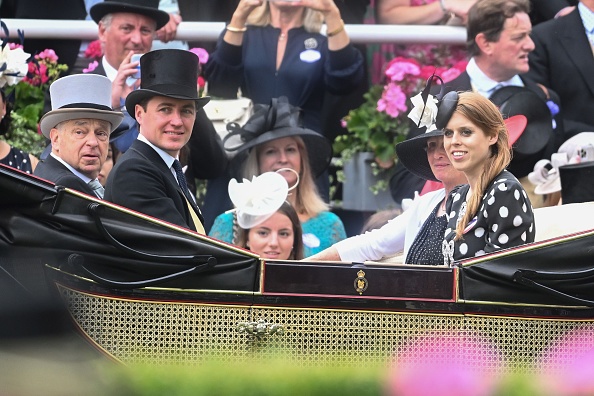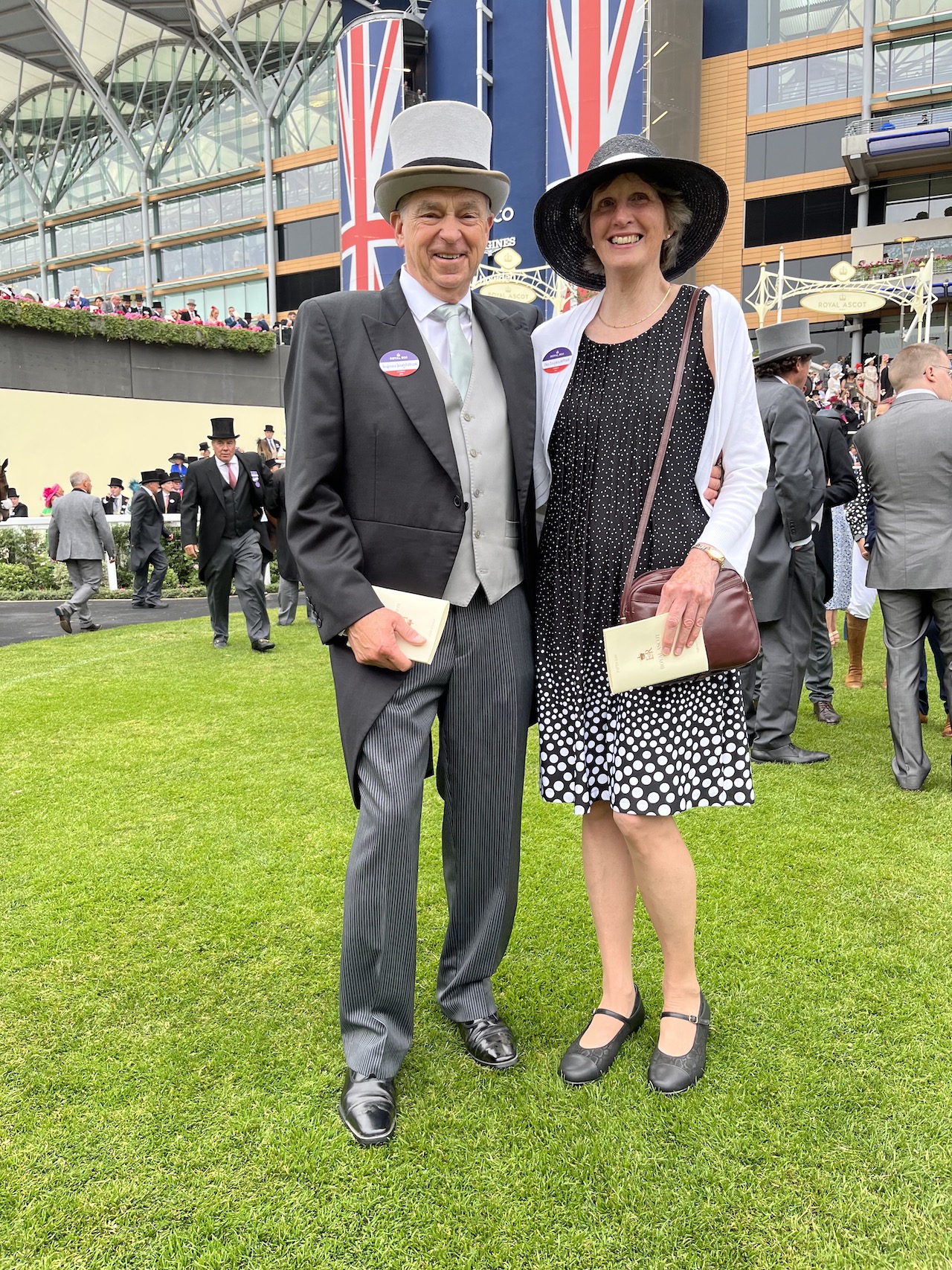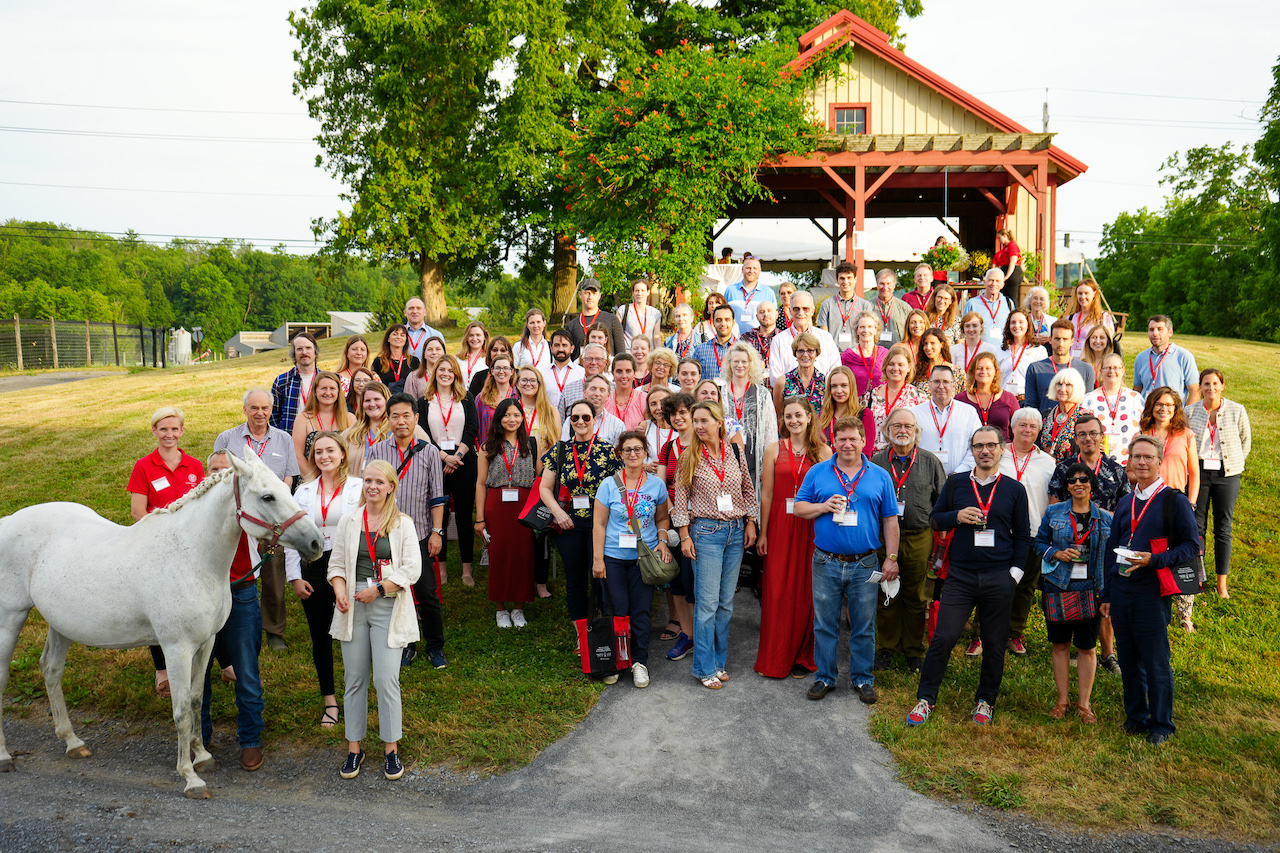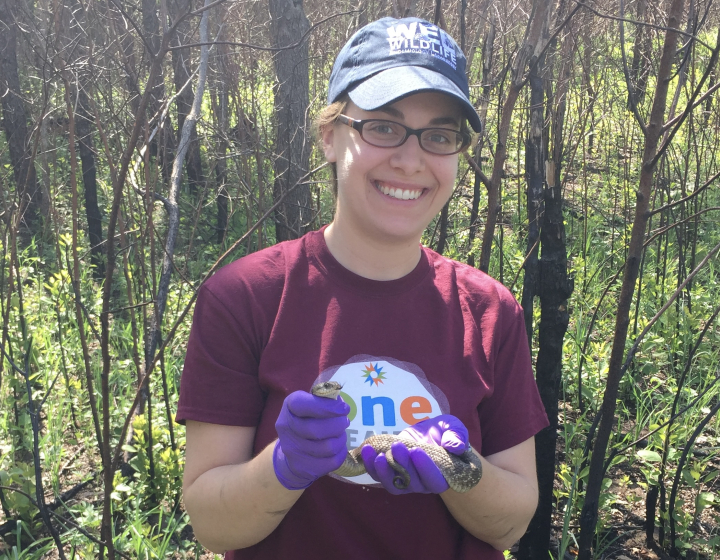Dr. Doug Antczak attends Ascot horse races with the royals

The recent death of Britain’s Queen Elizabeth in early September had special poignancy for one Cornell alumnus. In April of this year, Dr. Doug Antczak ’69, the Dorothy Havemeyer McConville Professor of Equine Medicine at the James A. Baker Institute for Animal Health, received an unexpected email. The message was from the Deputy Master of the Household and Equerry to Her Majesty the Queen of England, who inquired politely whether Antczak and his wife Wendy “might be persuaded to come over to the UK to join Her Majesty as her guests” for lunch at Windsor Castle and an afternoon of horseracing at the nearby Ascot racecourse. “Her Majesty appreciates that it might be a tall order to come over from Cornell just for a day’s racing but would be delighted if you could,” the letter added.
Wondering if this might be a scam, Antczak telephoned Buckingham Palace the next day. It was confirmed: The invitation from the queen, who had a notable passion for horses, was genuine. “The queen was interested in learning about new discoveries in the fields of equine genetics and genomics,” Antczak said. The invitation then made sense to Antczak, who is recognized internationally for his research achievements in equine reproduction, immunology and genetics.
For over two decades, Antczak has been part of the Horse Genome Project, an international collaboration between more than two dozen laboratories working on horse genetics. The Antczak Lab has made important contributions at many stages of the global effort to sequence the genome of the horse. Perhaps most notable is the Cornell horse-breeding program that produced the Thoroughbred mare, Twilight. Since the early 1980s, Antczak has bred horses selected for genes of the Major Histocompatibility Complex, the genomic region that controls many aspects of immune responses. These special Cornell-bred horses have helped advance knowledge of equine immunity, reproductive biology and regenerative medicine. Twilight was selected as the DNA donor for the horse genome sequence, known as the Equine Reference Sequence. This was the first full horse genome sequence ever completed. Today, equine geneticists from across the world use the Twilight Reference Sequence to help them interpret a wide array of equine genetic studies. “Twilight is the most famous research horse in the world,” Antczak explained. “That puts Cornell on the map for our contribution to the Horse Genome Project.”

“But why invite me and not one of the many other outstanding equine genomics specialists from around the world?” he said. They never learned the answer from the queen’s staff at Windsor Castle, but it may have been in part because of Antczak’s personal involvement with horse sports, and the Ph.D. that he earned at Cambridge University in the 1970s. “One of my favorite Winston Churchill quotes is this – A polo handicap is a passport to the world,” said Antczak, who was captain of the polo team as a Cornell undergraduate. Antczak later met and played with then-Prince Charles a few times during his years at Cambridge.
On June 18, Antczak and his wife – in traditional top hat and tails and an elegant dress – drove into Windsor Castle for what would be a magical day. Prior to their arrival in England, little information was provided to Antczak and his wife, other than the dress code and very general expectations of the day’s events. This resulted in several surprises. “I had anticipated a large luncheon group, and that perhaps I would meet the queen and have a short conversation, and that would be all,” said Antczak. Upon arrival at Windsor Castle, Antczak learned that the luncheon party was very small, only three tables of eight, and that he would be seated at the right hand of the queen herself. Many of the guests had strong interest and deep involvement with horses. “It dawned on me that this event had been arranged by the queen so that she could be surrounded by people who shared her passion for the horse,” Antczak reflected. “The realization that I was among fellow horsemen and horsewomen made conversation easy.”
Antczak spent his time with the queen discussing the state of horse genetics, his research at Cornell and many other topics. “She was very, very knowledgeable about horses, and through her passion she elevated the stature of horses in England and the world. The queen was very well informed and kept me on my toes with her questions. She was gracious, down to earth and refreshingly direct.” Even the queen’s beloved corgis made an appearance, coming in at the end of the hour to collect some table scraps.
While the queen – limited in her mobility – remained at the castle to watch the races on TV in her private rooms, the remaining guests were transported first by car, and then horse-drawn carriages for the 45-minute, seven-mile ride through Windsor Great Park to the Ascot Racecourse. For the journey, the Antczaks were seated in an open Ascot Landau carriage with the queen’s granddaughter Princess Beatrice and her husband Edoardo Mapelli Mozzi. “We had no idea we’d be riding in carriages,” Antczak said, “let alone with members of the royal family.” Along the way, members of the public lined up to catch a glimpse of royalty. “So, we went along for the ride and waved to people as if we did this regularly,” Antczak remembered.

The racecourse itself was packed with some 70,000 people, and as one of the most formal of the British horseracing calendar, “Royal Ascot was fancy beyond belief,” Antczak said. Royal Ascot dress code calls for morning dress for men – top hat and tails – and elegant attire for women. Racing enthusiasts filled the grandstand and surrounding areas, and the Antczaks enjoyed a spectacular backdrop to a day of racing that featured many of the finest Thoroughbreds in the world.
Reflecting on the event, Antczak described it as “a bittersweet memory – the queen was such a great advocate for the horse throughout her life, and she had sincere concern for horse welfare. The equine world is diminished by her passing. It was an honor to have been invited by the queen to represent the global community of equine geneticists who have worked together for over a quarter century to advance the state of horse genomics. I wish that my colleagues could have joined me on that day.”
Written by Olivia Hall




